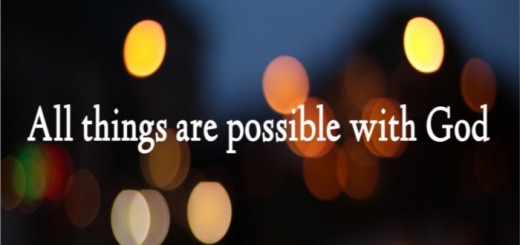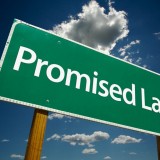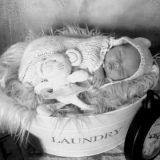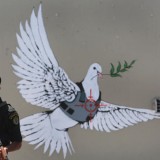The Letter to the Hebrews: A Context of Awe (scary stuff)
Yesterday we looked at those four radical words ‘Let us draw near’ and today I want to offer you the Appendix from my essay on this idea. This contains content which actually precedes what I wrote yesterday and should in theory have been posted first. It creates the context in which those four radical words burst onto the scene.
The elaborate structure and rituals of the tabernacle were established to place a distance between the people and the Most Holy God. Obedience in every detail and at all times was required. Everyone knew the consequences of disobedience, as cited in the Books of the Law – “But the Kohathites must not go in to look at the holy things, even for a moment, or they will die.” (Numbers 4:20) and “Appoint Aaron and his sons to serve as priests; anyone else who approaches the sanctuary must be put to death.” (Numbers 3:10). The actual results of ignoring the instructions are graphically recorded – “Nadab and Abihu, however, fell dead before the Lord when they made an offering with unauthorised fire before him in the desert of Sinai.” (Numbers 3:4) Those that break the Law of the Lord are shown no mercy eg. the Sabbath breaker put to death as told in Numbers 15:32-36. The Law is established to restrain evil but also reveals the sin of man in his inability to obey all that God requires and so is a necessary part of God’s redemptive plan, a key element of the theology that Paul explores in his Letters eg. Romans 3.
The Israelites experienced great fear when they saw the mighty power and wrath of their God eg. When Aaron’s staff miraculously blossomed, they cried out “We shall die! We are lost, we are all lost! Anyone who even comes near the tabernacle of the Lord will die. Are we all going to die?” (Numbers 17:12-13) Recognising the sheer majesty of God engenders sheer terror and underlines the absolute inapproachability of God.
However, total obedience proved impossible and access to God had to come through the sacrificial systems that God established with the priests as mediators for the people. The rules for the priests were clear and uncompromising with rules for behaviour, marriage, food, illness, clothing, appearance, deformity…;everything had to be done exactly as God had ordained – or else… “The priests are to keep my requirements so that they do not become guilty and die for treating them with contempt. I am the Lord, who makes them holy.” (Lev 22:9). Even then, on only one day a year, the Day of Atonement, could only one man, the High Priest, go beyond the veil and enter the Holy of Holies, the very presence of God. From The Letter to the Hebrews: an evaluative outline of the key themes and theological insights by Helen Redfern
There was a clear boundary never to be crossed. God was definitely too pure and holy to be approached and those who tried it suffered the consequences. Holy means ‘set apart’. God was set apart from the people. Only someone who was completely pure and without sin could ever approach God – and where would you find a person like that?!
Therefore no one will be declared righteous in God’s sight by the works of the law; rather, through the law we become conscious of our sin. But now apart from the law the righteousness of God has been made known, to which the Law and the Prophets testify. This righteousness is given through faith in Jesus Christ to all who believe. Romans 3:20-22
Ah yes, Jesus of course! Jesus is the only man who’s ever lived on this earth without sinning. That’s why he can claim in all truth to be the way and the life.
So yes, let us draw near to God by the new and living way carved out for us by Jesus!












